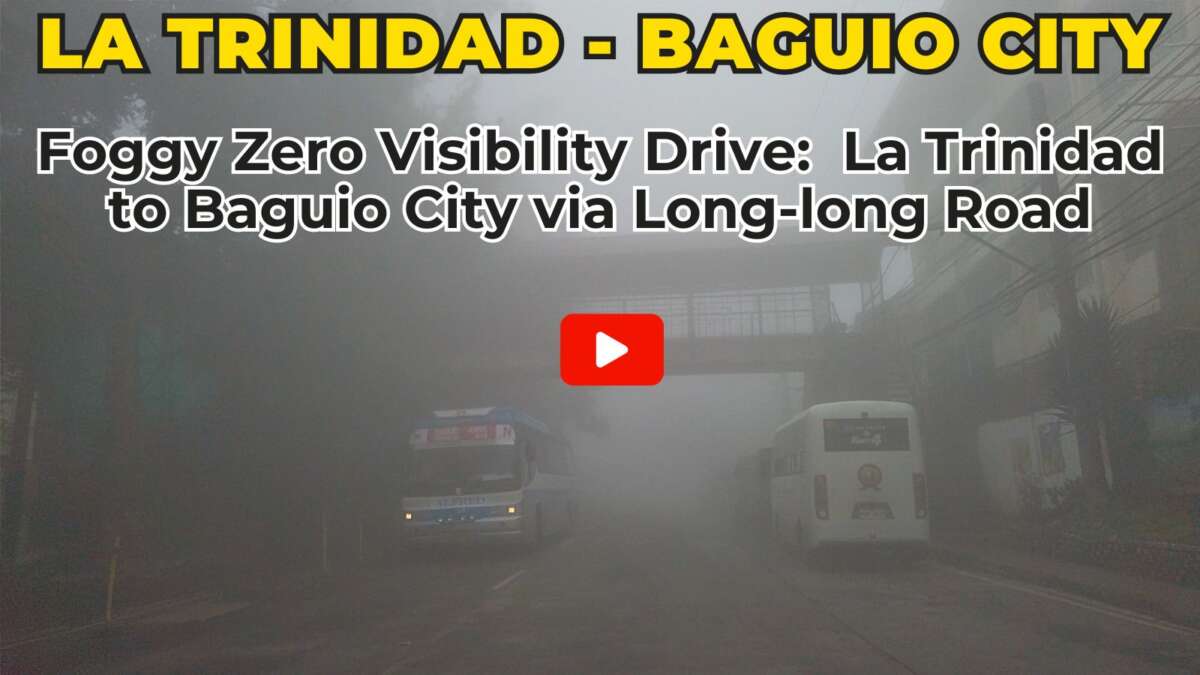Study Reveals How Social Distancing, Population Density, and Temperature Affects COVID-19 Transmission
The PolicyLab at Children’s Hospital of Philadelphia (CHOP) has recently released a study about how time-varying at the county-level, such as social distancing, population density, and temperature, are associated with the transmission of the Coronavirus Disease 2019 (COVID-19).
CHOP Study
The said study is called the Association of Social Distancing, Population Density, and Temperature With the Instantaneous Reproduction Number of SARS-CoV-2 in Counties Across the United States which was published in the JAMA Network Open on July 23, 2020.
Temperature and Social Distancing
CHOP’s study was among the first to look at how the weather affects the COVID-19 transmission and they found out that spring-like (months from March to June) temperatures were associated with some reduction in the spread of the virus.
However, also based on their study, when social distancing was not implemented, particularly in areas that are densely populated, the beneficial impact of temperature was easily diminishing.
This is why even with the benefits of warming temperatures, communities still needed to maintain social distancing to keep reproduction numbers (Rs) below one.
Reproduction Number Below 1
Why below 1? An “R less than 1” could mean that the infection rate is already slowing. It indicates that every individual passes the infection to less than one other person, thus could eventually lead to a decrease in cases.
CHOP Research Findings
Overall, according to CHOP’s research findings, of the mentioned county-level factors (social distancing, population density, and temperature), social distancing remains to have the most effective intervention that we have in reducing the transmission of COVID-19.
“As we’ve seen play out across the country in recent weeks, our study substantiates that higher temperatures alone were never going to be enough to stop the spread of this dangerous virus. However, we found that strong social distancing policies were far more important than warmer temperatures in reducing transmission at the county level.”
– Gregory Tasian, MD, MSc, MSCE, senior author on the study, faculty member at PolicyLab, associate professor of Surgery and Epidemiology and senior scholar in the Center for Clinical Epidemiology, Biostatistics at the University of Pennsylvania’s Perelman School of Medicine
For More News and Updates
Looking for more news and updates? Feel free to explore our Baguio City Guide website. You may also like and follow our official Baguio City Guide Facebook page to catch the latest updates.
SOURCE












